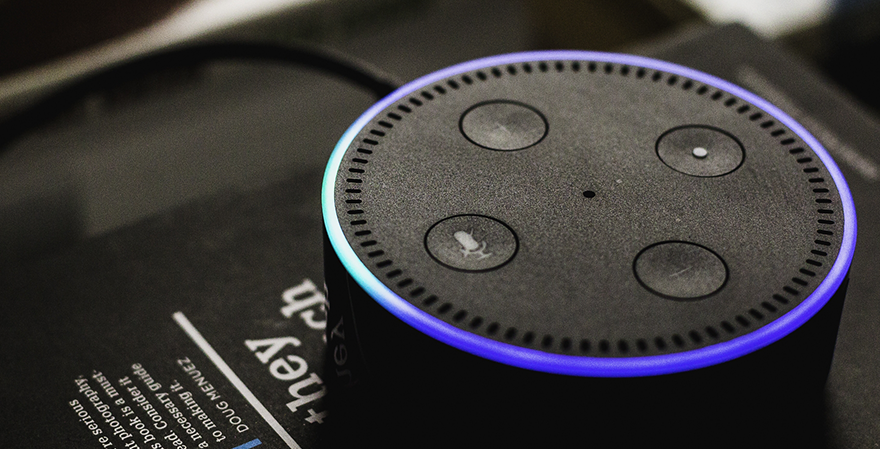Netflix’s Next Act: Plush Toys, AI Magic, and the Quest for a Trillion-Dollar Future
 Jul/25/2025
Jul/25/2025
On July 22, Netflix Studios filed a new U.S. trademark application for KPOP DEMON HUNTERS, not for a series or film, but for a line of stuffed and plush toys—an unexpected yet telling signal of the streaming giant’s evolving ambitions. Far from mere merchandising, this move hints at Netflix’s intent to deepen its intellectual property footprint across consumer products, a strategy more typical of legacy media conglomerates like Disney. Meanwhile, Netflix remains a formidable force in streaming, with Q2 revenues up 16% year-over-year and operating profit topping $3.1 billion. Yet, despite healthy margins and an eye-watering $540 billion market cap, Wall Street wants more—specifically, evidence that the company can double revenue and reach the elusive trillion-dollar threshold by 2030. Achieving that means cracking open new business lines: advertising, generative AI, and possibly creator-driven content to rival YouTube’s model. Netflix has already used AI to accelerate production in its Argentine drama The Eternaut, completing scenes 10 times faster than traditional methods. While critics debate the artistic and ethical dimensions of AI in media, Netflix frames the technology as an empowering tool for creators. In this shifting landscape, where Hollywood studios are cautiously experimenting with the same generative AI platforms, Netflix appears determined not just to survive the disruption—but to lead it, plush toys and all. The following visualization presents detailed information on Netflix’s KPOP DEMON HUNTERS trademark filing, offering a closer look at how the company is expanding its brand beyond the screen.


















